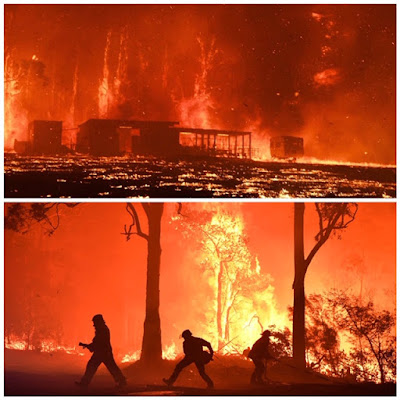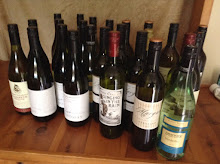It is chlorophyll which gives the leaves their green colour. This chemical absorbs energy from sunlight which it uses to transform carbon dioxide and water into carbohydrates like sugars and starch.
Along with this green pigment are also yellow to orange pigments, carotenes and xanthophyll, which, for most of the year, are masked by the greater amounts of green.
In autumn, due to changes in the length of daylight and in temperature, the leaves cease the food-making process. The chlorophyll then breaks down, the green colour disappears and the yellow to orange colours become visible.
At the same time other chemical changes can occur forming additional colours through the development of red anthocyanin pigments.
Some mixtures give rise to the reddish and purplish colours while others express orange.
In other words all the different colours are due to the mixing of varying amounts of chlorophyll residue and other pigments in the leaf during the season.
 At this time other changes are also taking place. At the point where the stem of the leaf is attached to the vine, a special layer of cells develops and gradually severs the tissues that support the leaf. The vine seals the cut, so that when the leaf is finally blown off by the wind or falls from its own weight it leaves behind a leaf scar.
At this time other changes are also taking place. At the point where the stem of the leaf is attached to the vine, a special layer of cells develops and gradually severs the tissues that support the leaf. The vine seals the cut, so that when the leaf is finally blown off by the wind or falls from its own weight it leaves behind a leaf scar.This is called abscission. This is a fascinating and complex process. More information here.
 With one or two exceptions, no Australian native plants change colour or lose their leaves in autumn so it is left to exotic plants to give us some colour other than green.
With one or two exceptions, no Australian native plants change colour or lose their leaves in autumn so it is left to exotic plants to give us some colour other than green. Grapevines are one of these.




















No comments:
Post a Comment